Best Running Books – My Top 5 Picks
There are likely thousands of books on running. Some are absolutely wonderful and tremendously useful, while others are real duds. So, how do you sort the good ones from the bad ones? You ask someone who has read many, many books for runners. That is me, Patricia Prince, runner, coach and writer. Let me tell you my top 5 picks for Best Running Books.
This post contains affiliate links. As an Amazon Associate, I earn from qualifying purchases.

#5 – ‘Run Less Run Faster‘ by Runner’s World
I bought this book because the concept was intriguing. How could you run faster by running less? In my mind, it seemed counter-productive. How can you get better at something by doing less of it? I wanted to learn more.

Overview of this Running Training Book
The book focuses on a 3Plus2 philosophy of 3 quality runs and 2 cross training workouts per week to build fitness and speed. It helps runners of all ages and abilities establish realistic goals. This is evident in the first section, which introduces the concept of Training with Purpose.
The next section quickly gets into the principles of training with this method. It explains VO2 max, lactate threshold and running economy, all terms used by experienced runners and coaches. The three key running workouts include track repeats, tempo runs and long runs.
Essential cross training principles are also explained. These non-running workouts replace the easy run days of other training programs. The key cross training workouts include cycling, swimming, pool running and rowing. They do not include yoga, Pilates, cross-fit or other such exercises in the program, as these tend to be shorter workouts to improve overall fitness, but not running performance specifically. This is all explained in a question-and-answer style at the end of the chapter. Detailed examples of appropriate cross-training workouts are easy to follow.
There are chapters on common injuries, nutrition, and supplemental training. Training plans are included for 5K, 10K. half marathon, and marathon. They also include Boston Marathon qualifying plans for different age groups.
What I LIKE
This book is great for learning about speed work. It focuses on improving VO2 max, lactate threshold and running economy. I use these principles in my speed work runs.
The strength and flexibility exercises provided are a bonus. They are well explained and have images that make the workouts easily understandable.
What I DON’T LIKE
Because you only run 3 days per week, the runs are harder workouts. You are running less, so you need to push yourself more on each run. While this builds muscle and strength, it is not an efficient way to build endurance. I subscribe to the philosophy that slower, easy runs train your body to use energy more efficiently. It is also harder to motivate myself for these runs simply because they are hard.
Who Should Read This Book?
If you are limited on time and only want to run 3 times per week to improve your running, then the book ‘Run Less Run Faster‘ is for you.
#4 – ‘Chi Running‘ by Danny Dreyer
Since I have some training in Qi Gong and Traditional Chinese Medicine, I was very interested in reading this book. It was on my wish list for some time. But I could not justify buying yet another running book, when I had several that I had not finished. I finally broke down and got it. No regrets!

Overview of this Book for Runners
“When you run economically, you don’t require as much fuel to keep going, you don’t get tired as easily, and it doesn’t take as long to recover from your runs.”
Chi Running is definitely a different style and philosophy from most run training books.
Danny Dreyer combines his knowledge of both Tai Chi and running. His technique focuses heavily on running form. By adjusting posture to use gravity and momentum to propel you forward, a runner becomes more efficient.
This technique also claims to lessen common running injuries. And as someone prone to shin splints, I wanted to improve my running form.
Exercises and stretches are well illustrated and explained. He talks about running on various terrain, including road, hills, trail, and treadmill. While he does explain how to develop a training program with a few basic examples, no detailed training plans are provided.
What I LIKE
By far this book’s strong point is improving running form. Once I started to practice the techniques, I found running became easier and more enjoyable. He talks a lot about the mental aspects and enjoyment of running. I liked the refreshing discussions on this.
What I DON’T LIKE
Modifying running form is difficult to read from a book. The Chi Running Form is well explained, and many images and diagrams are provided. However, when I put it into practice, I am not sure if I am doing it correctly. I might have to partner with someone who has also read the book, so that we can critique each other. But that will have to wait until after the pandemic restrictions of this past year are over.
Who Should Read This Book?
If you want to improve your running form to be more efficient and less injury prone, then the book ‘Chi Running‘ is for you.
#3 – ‘North‘ by Scott Jurek
Ultra running fascinates me. It amazes me what these athletes can endure. Being a runner and avid hiker, reading a novel about running the Appalachian Trail was very appealing.

Overview of this Inspiring Book on Trail Running
“We often think we can’t go any farther and feel like we have nothing left to give, yet there is a hidden potential and strength in all of us, begging us to find it.”
Scott Jurek takes us along on his crazy adventure to break the speed record for running the Appalachian Trail. The book starts with the inception of the idea, planning and, then, running of the trail. The reader is also given glimpses of his wife, Jenny, as she supports and crews for him.
Averaging 50 miles every day for 7 weeks, Scott experiences bad weather, relentless terrain, and physical injuries. These all take an emotional toll on him as he pushes north along this notorious trail, until he reaches his breaking point. The book is honest and the reader can almost feel his spiral downward.
Delays and injuries send him into a dark place where he doubts his ability to finish. But friends and strangers support him, and he continues to push forward along the trail.
What I LIKE
This book was so inspiring. For months after reading it, I did not complain once about a sore leg or bad weather on any of my own runs.
What I DON’T LIKE
I don’t think there was anything I didn’t like about this book. It really was a good read.
Who Should Read This Book?
If you want to read an inspiring running book, then the novel ‘North‘ is for you.
#2 – ‘How Bad Do You Want It‘ by Matt Fitzgerald
I bought this book because, after 20 weeks of training, I was having doubts about my ability to finish my first marathon. I knew that training was preparing my body to run that distance. But I was having trouble wrapping my brain around running the full 42.2 km.

Overview of this Book on Mental Fitness and Running
“Mental fitness is a collection of coping skills – behaviors, thoughts and emotions that help athletes master the discomfort and stress of the athletic experience.”
This book is about the psychology of sport. Matt Fitzgerald combines anecdotal stories and science to support the concepts he writes about. This makes it a very interesting and relatable read.
Throughout the book, the author explains what these coping skills are. He also talks about when mental strategies fail or when coping skills are not honed for success. He gives many examples of how elite athletes have overcome struggles in their careers. Their physical abilities, in these examples, were not the limiting factor. It was their mental strength, or lack there of, that was the ultimate force in whether they succeeded or failed.
The book gives examples of other endurance sports, not just running. He gives examples of runners, swimmers, triathletes, rowing and cycling to name a few. So, this book is versatile and a good read for any athlete or coach.
What I LIKE
The whole book was fascinating to read. The concepts were spot on and gave me the mental power to finish my first marathon.
What I DON’T LIKE
Some of the stories were rather longwinded. It was likely necessary to make the point and illustrate the concepts. But sometimes I would have rather just jumped to the science.
I also wanted more obvious practical advice. In many cases, it was left to the reader to extrapolate from the stories. Perhaps that was intentional?
Who Should Read This Book?
If you want to improve your mental game and overcome doubt to achieve your best run, then the book ‘How Bad Do You Want It‘ is for you.
#1 – ‘80/20 Running‘ by Matt Fitzgerald
This book was recommended to me by a well-respected, elite local runner. The concept of running 80 percent easy appealed to me, but I wasn’t entirely convinced that running slow would make me faster. But this runner is one of the fastest in our city, so there must be something to it, I thought. I was willing to give it a try.

Overview of this Best Running Book
“Becoming a more skilled and efficient runner is more like growing a beard than it is like chopping wood. In other words, you don’t make it happen – you allow it to happen.”
The 80/20 Rule is to run 80 percent at a low intensity and 20 percent at a moderate or hard level. The basic philosophy of this book is to run stronger and faster by training slower. In fact, the first chapter of the book is “Learning to Slow Down”. Many runners think this is counter-intuitive, but this is addressed in the book. And recent science on running efficiently backs the principles of this method.
The book then goes on to explain how running slower improves fitness. It discusses the concepts of aerobic capacity, fatigue resistance and running economy. The book explains how stride length impacts optimal performance and efficiency. And finding your ideal stride length happens when you run more at a slower pace.
There are harder run workouts explained, which include hill repeats, fast finish, tempo, and interval runs. Many detailed workouts are provided, which adds variety to a training program.
Training plans based on the 80/20 principle are provided for 5K, 10K, half marathon and marathon. There are two levels for each distance, one for newer runners and one for those more experienced.
What I LIKE
I really like the concept of running effortlessly. I have learned to slow down and not push myself on every run. Running at a slower pace is more enjoyable. I really like my nice slow long runs now.
There is a lot of science provided in this book. Since reading it, I have discovered that many runners subscribe to this principle. Many of them, including some Kenyan runners, are extremely fast, indeed.
There are a variety of workouts provided. You won’t get bored with this book. I use it all the time in my coaching and own running.
What I DON’T LIKE
Trying to run slowly was difficult to learn. Runners want to run fast. That is the goal for many runners. So, to run at a slower pace and keep your heart rate in zones 1, 2 or even 3 can be a very difficult thing to do.
Who Should Read This Book?
This run training book, ‘80/20 Running‘, is my all-time favorite and most used running book. If you run, then this book is for you!
Enjoy Your Reading
If you have a favorite book on running, please let me know in the comments below.
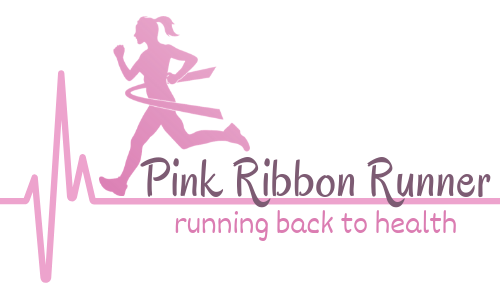


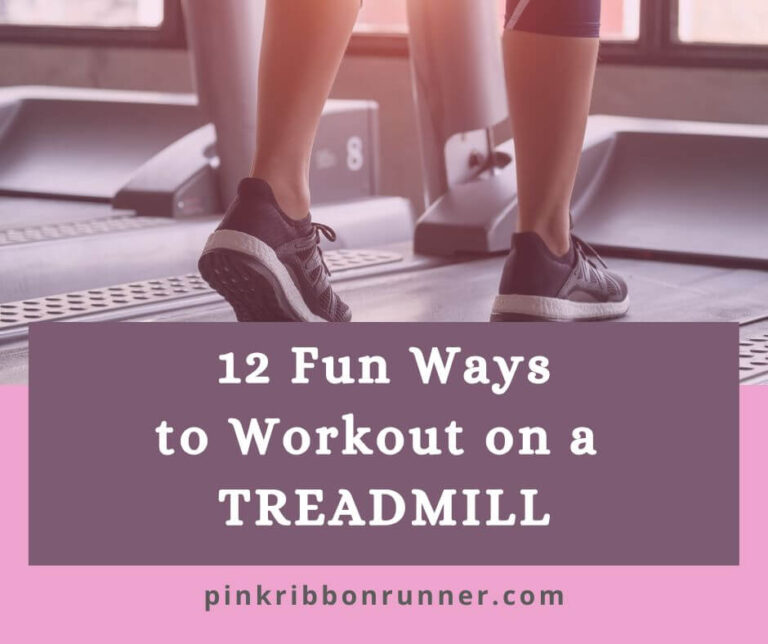
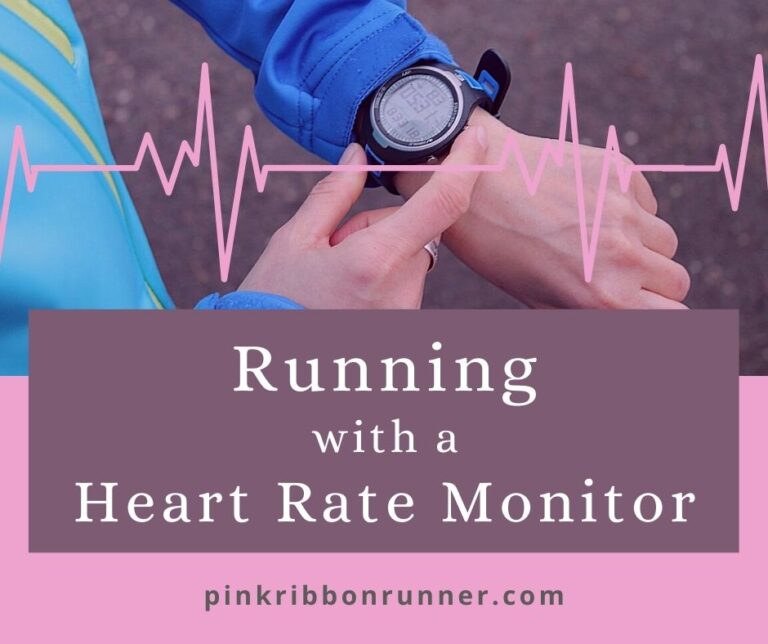
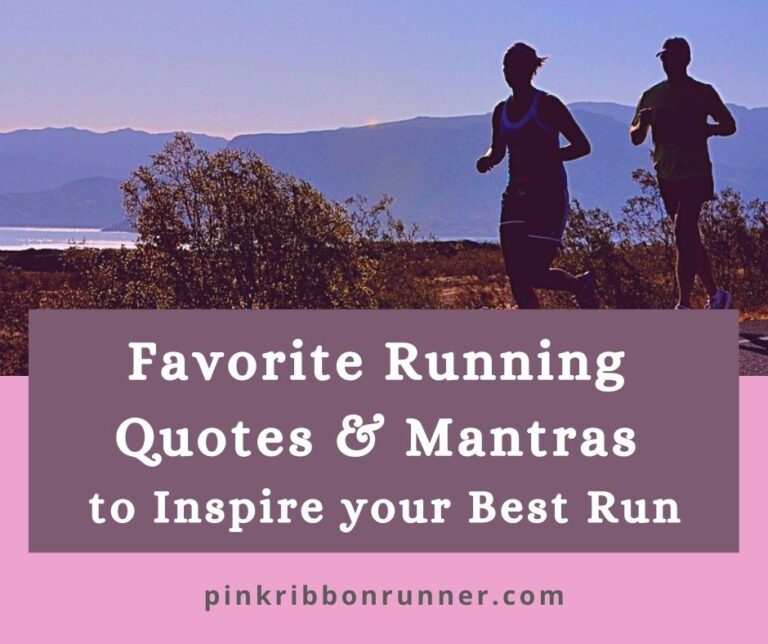

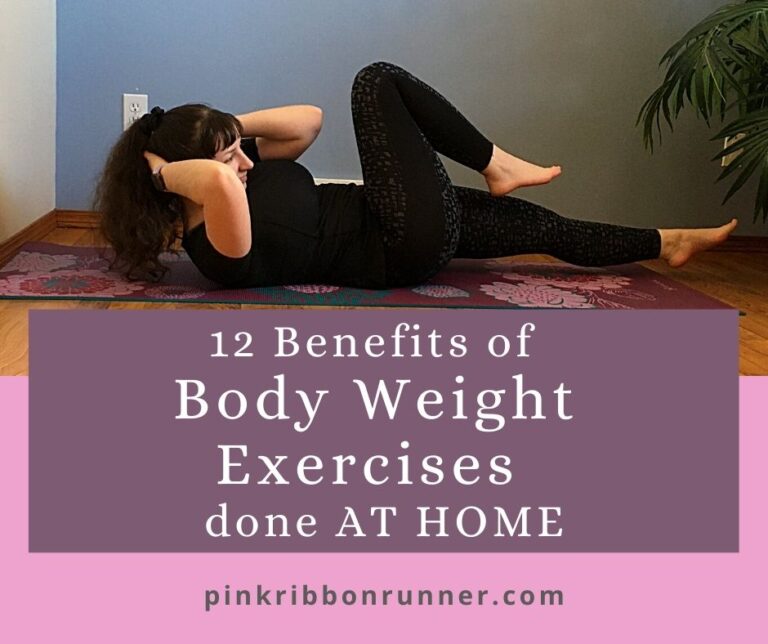
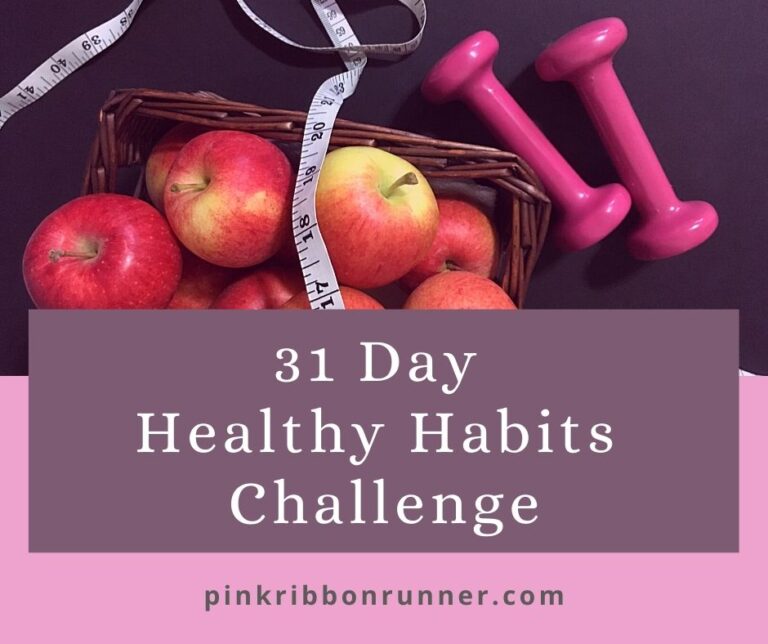
You’ve included some great recommendations! Thanks for sharing!
Thanks for the recommendations. I just started to get back into running, so these are perfect for me!
Adding a few of these to my Goodreads– specifically “North”! I love reading about how people are able to do such extraordinary things, so inspiring!
i just started couch to 5k so I might look into some of these soon!
Thanks for the recommendation. The “How bad you want it” intrigued me as I’m very interested in the mental side of running. I shall add that to my wish list =)
I love this ! I plan on doing a lot of running this summer ! This is perfect 🙂 gives me a step ahead !
These books look super inspiring for a coach potato like myself. I just added 80/20 to my read list for the Spring!
These are some of my favorites!!
I’m so interested in Ultra too, haven’t yet read the Scott Jurek book so thanks for the recommendation.
the book of Scott Jurek’s North is something I wanted to have. I have his other book that I like, he is one of my favorite athletes because he is plantbased 🙂